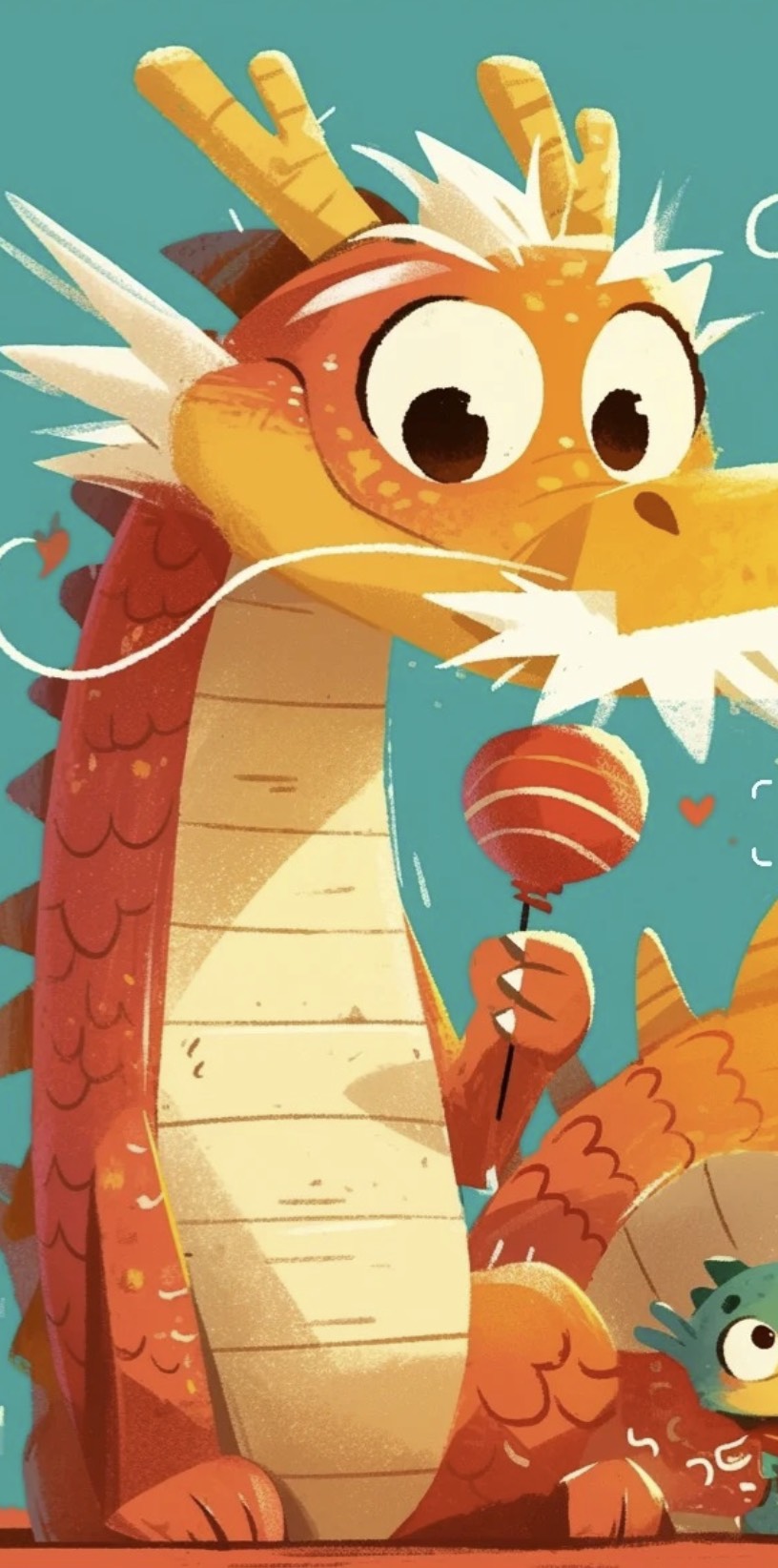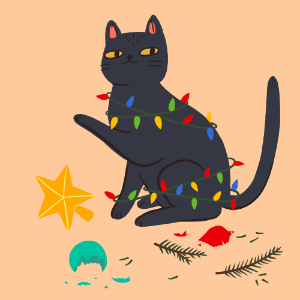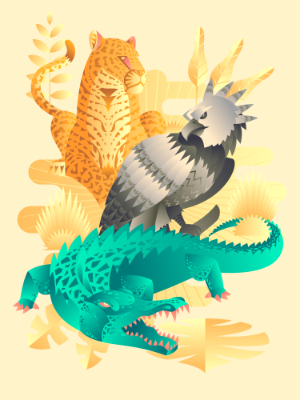喵宅苑 MewoGarden × 技术宅社区II | Z站 Z Station 棒棒哒纯文字二次元技术社区
正文
作者:英语·EN
回复
作者:大明湖畔来烤肉
[attach]142787[/attach][attach]142786[/attach]
作者:Cantaloup
作者:Milesama
报道说,短篇小说《大象的消失》发表于1980年,描写了一群因公园消失而心态发生变化的都市青年人的生活。
本文件来自互联网,只用于交流学习不作商业用途,请在下载24小时后删除,否则产生法律责任后果自负!如果喜欢本资源,请支持正版谢谢合作。
This document is only used for the exchange of learning.
Please do not used for commercial purposes.
Please download deleted after 24 hours, support genuine ,thank you.
为了任务回复的人请不要回任何楼主的帖子!!!!!!你们的回复只会造成楼主的回复资源变成资源点资源,对所需要的人没有任何好处,请慎重一点。
解压密码楼主ID小写。
因为资源属于回复下载的,所以请尽量不要纯水回复,楼主没有关闭任何一个帖子的回复,因保证下次的资源不出现资源点下载方式,构建和谐社会。
下载地址:
作者:Nacarat
作者:dreamlake
作者:路西.菲尔
作者:薇黎
依旧是提供下载版的文件,在下面。因为都是学诗必备词汇积累总结所以强烈建议下载保存速记。 解压码: 【本内容已隐藏,回复后刷新可见哦】 Devices Used In Poetry
Rhyme
Rhyme is the repetition of syllables at the ends of words thathave the same vowel sound and the same final consonants.
1. End rhyme
words rhyme at the ends of lines
2. Internal rhyme
rhyming within the lines
3. Masculine rhyme
one syllable e.g.: tell and bell
4. Feminine rhyme
more than one syllable e.g.: stable andtable
Rhyme Scheme
Rhyme Scheme is the pattern of rhymes found in each stanza. We usethe letters of the alphabet to state the rhyme scheme. E.g.: ABAB
Figures of Speech
1. Alliteration
the repeated use of the same sounds orcombination of sounds in the beginning of a series of words.
2. Allusion
indirect or passing reference tosomething or someone (historical, mythological, biblical, literary)
3. Apostrophe
to address a person or thing that isnot present as if it were present and able to respond.
4. Assonance
the repeated use of vowels in a line
5. Connotation
the aura, the field of associationsurrounding the word (feelings the word evokes)
6. Denotation
the exact dictionary definition of aword
7. Dysphemism
a crude or shocking word or expressionused in place of socially accepted language. It is the opposite of euphemism.
8. Euphemism
use of mild expression in place of aharsh or unpleasant one
9. Hyperbole
an exaggeration for the sake of emphasis
10. Litotes
understatement in which an affirmativeis expressed by the negative of the contrary (uses "no" or"not") eg: She's "not a bad singer"
11. Imagery
mood or feeling shown by clever use ofwords (word pictures or senses)
12. Imitative Harmony
(onomatopoeia) imitation of a soundmade – using words in which the sense or meaning of words is suggested by thesound e.g. plop
13. Irony
to say something one way but actuallymean the opposite or when the opposite of what is expected happens
14. Juxtaposition
putting two or more things side by sideeven though they are not usually associated with one another. The writer makesno comment on it.
15. Metaphor
a type of comparison in which one thingis said to be another, or implied to be another by using a verb or adjective.
16. Metonymy
a kind of metaphor. An object is giventhe name of something else with which it is associated e.g.: My friend playsBeethoven beautifully.
17. Onomatopoeia
see imitative harmony
18. Oxymoron
an expression that combinescontradictory or opposite ideas
19. Paradox
statement that may be true but seems tosay two opposite (Contradictory) things
20. Persona
the person who narrates or speaks. Thepersona is not the living person who wrote the poem. In writing the poem, thepoet always creates a persona, a speaker who is other than him/herself. Theymay or may not resemble each other.
21. Personification
when an object, animal, ideal orquality is given the attributes or characteristics of a human being
22.Pun
play on words
23.Repetition
words, phrases or lines repeated to addforce
24.Sarcasm
a form of irony intended to sting orhurt someone
25.Satire
a work of literature exposing thefollies and weaknesses of a person or institution. Satire endeavors to bringabout reform through ridicule.
26.Simile
a comparison of two unlike objects bymeans of words (like, as, as if, than)
27.Synecdoche
when a part is used to signify thewhole. eg: I took forty head of cattle to the market
Sound Devices
(These things are used to create sounds or sound effectsin poetry)
Rhyme, rhythm, alliteration, onomatopoeia,repetition
1. Consonance
the repetition of a pattern ofconsonants with changes in the intervening vowels e.g.: hill hall ; live love
2. Assonance
the repetition of identical or relatedvowel sounds, especially in stressed syllables
3. Euphony
a harmonious succession of words havinga pleasing sound.
4. Cacophony
a succession of words having a harsh orunpleasant sound
5. Caesura
a break in the flow of sound in a versecaused by the ending of a word within a foot; a break in the flow of soundusually in the middle of a line of verse.
6. Cadence
a rhythmic sequence or flow of soundsin language; a concluding and usually falling strain.
7. Enjambment
the continuation of the sense (meaning)and grammatical construction of a verse or lines in poetry to the next verse orline. It is in contrast to the end-stopped line.
作者:青木大米












喵宅苑
喵空间社区程序
喵宅苑 静态版
宅喵RPG地图编辑器
络合兔
Lanzainc
技术宅
小五四博客
莉可POI
Mithril.js
枫の主题社
Project1
午后少年
机智库
七濑胡桃
xiuno
幻想の日常
魂研社
Nothentai
0xffff
欲望之花
泽泽社长
淀粉月刊
HAYOU
